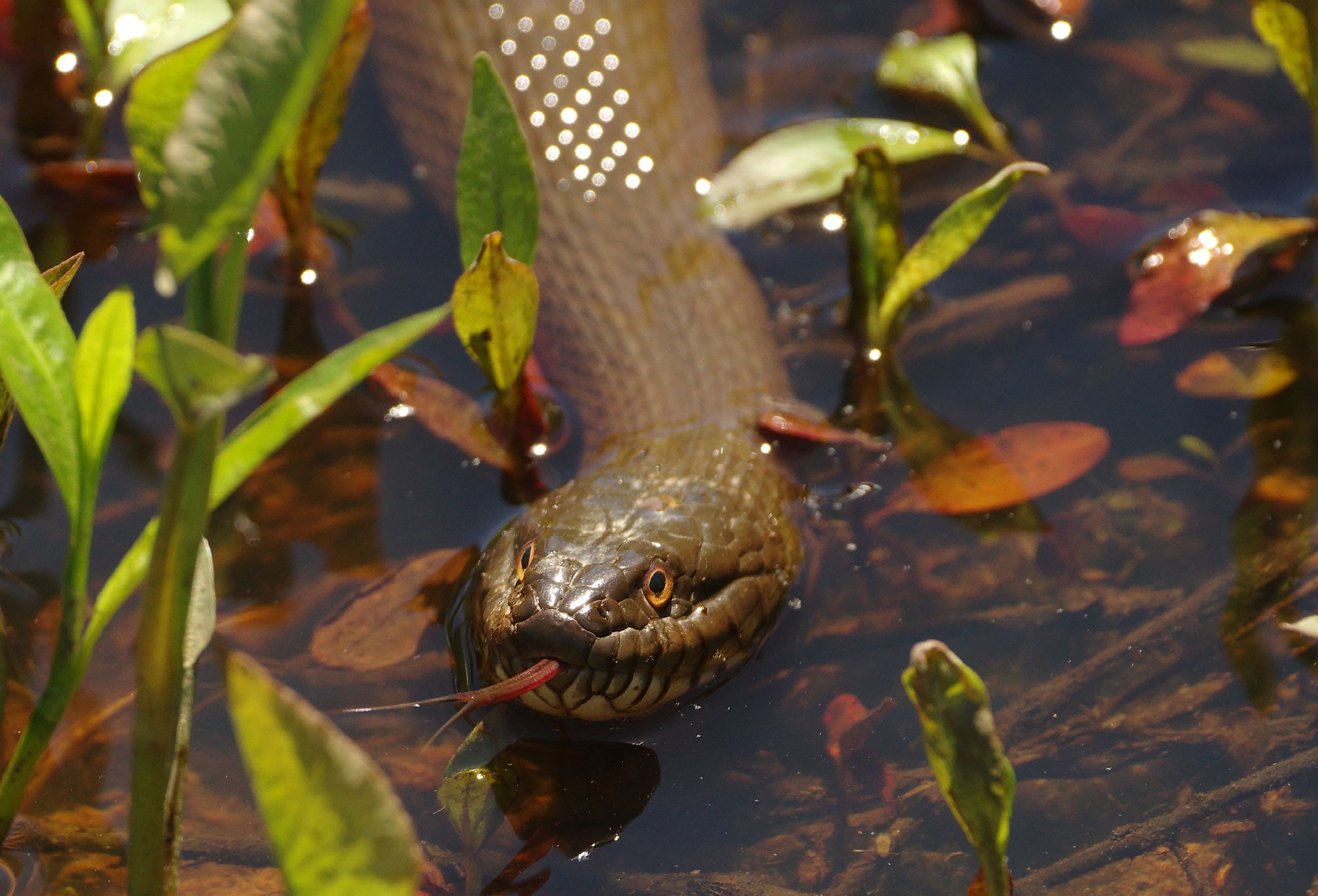
The Most Snake Infested Lakes in Colorado
The beauty of the wide open prairie, the majesty of the Rocky Mountain peaks, and the power of the winding Colorado River are just a small taste of what this incredible state has to offer all who traverse it. From rock climbing and hiking to trekking through haunted towns to finding new passions in the most unlikely of spots, you will never be disappointed if Colorado is your destination.
This also applies to activities on the many bodies of water that lure in boaters, anglers, and swimmers each year. However, be warned. All is not as tranquil around the lakes and rivers, as well as in its depths. Snakes also love the hospitable atmosphere of Colorful Colorado. Three lakes, in particular, are worthy of note. A little education and foresight can turn your trip from a fear-driven rush to a peaceful experience.
Water Snakes Commonly Found in Colorado
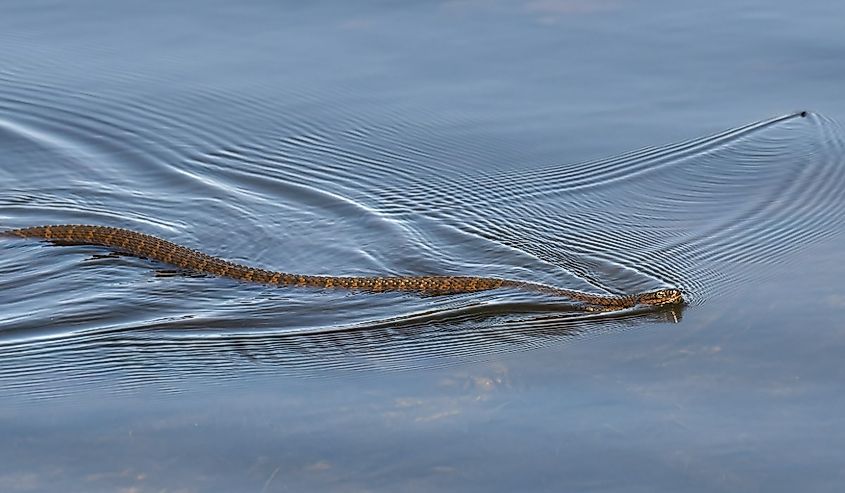
About 30 species of snakes can be found throughout the diverse topography of the Colorado landscape. While there is only one watersnake in the state, the northern water snake, several other snakes swim and inhabit the shores around Colorado's lakes. None of these are dangerous to humans, but that doesn't mean they are non-venomous. Certain garter snakes use small venom glands to disable their prey which helps with digestion as well, but it is incredibly rare for the venom to be used on a human.
Western Terrestrial Garter Snake
Sticking to grasslands, woodlands, and forest areas near still water, the western terrestrial garter snake is at home in most of the state except the northeast near to Nebraska. They are typically between 24 and 42 inches in length, and are brownish-black or gray with white, yellow, or orange stripes longways down their length. They swim very well and prey on fish, amphibians, and even small mammals.
Blackneck Garter Snake
Found in the grasslands or woodlands near water, the blackneck garter snake makes its habitat in the southeastern and southwestern part of the state. They are between 12 and 42 inches long, and share the same trait with other garter snakes of lateral strips down the length of their black or olive-colored body. Their stripes are yellow or orange, and they have black blotches on their neck. They feast on fish and amphibians.
Northern Water Snake
If there is a freshwater source in the eastern side of the state you can be sure a Northern Water Snake has probably made it its home and hunting ground. These imposing-looking water snakes can get up to 4 feet long, have been known to be very powerful, and will strike out if threatened, even though they are non-venomous. They rarely leave their watery home and prey on fish and amphibians. They are brown with dark bands that gradually become less visible as they get closer to the tip of their tail.
Plains Garter Snake
Gravitating to the eastern side of the state, the Plains Garter Snake is most active between April and October. It can grow from 16 to 42 inches in length and have a distinctive appearance, with a large orange strip traveling laterally down the length of its greenish-gray to brown body. The snake sticks to swamps, streams, marshes, and ponds and feeds on slugs, earthworms, and small amphibians.
Common Garter Snake
Residing in northeastern Colorado, the Common Garter snake's appearance varies widely. It is often brown or black in body, but the strip that splits its color down the length of its back can be green, yellow, blue, orange, or white. They eat fish, earthworms, amphibians, slugs, and even small mammals, and can release venom into their prey to stun and even kill their food. This venom is not harmful to humans, and usually only causes slight irritation and swelling.
Electra Lake
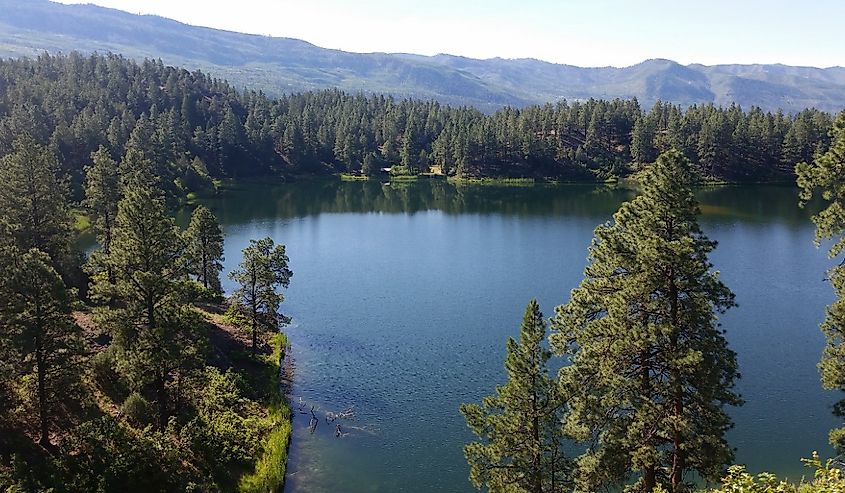
When at capacity, Electra Lake has a total surface area of around 1,100 acres. A privately owned reservoir, Electra Lake is just north of Durango and only welcomes visitors at certain times of the year. The rest of the time, it is peaceful and placid, and it is the perfect breeding and hunting ground for snakes both in the water and on land.
Fortunately, the most common water snake noted in and around Electra Lake is the blackneck garter snake. Garter snakes are unique because, unlike many other types, they can withstand the freezing temperatures common in Colorado during the winter months. They find shelter wherever available, be it in an abandoned shelter, a trash heap, or under foliage in pine-oak forest areas.
Lake Pueblo
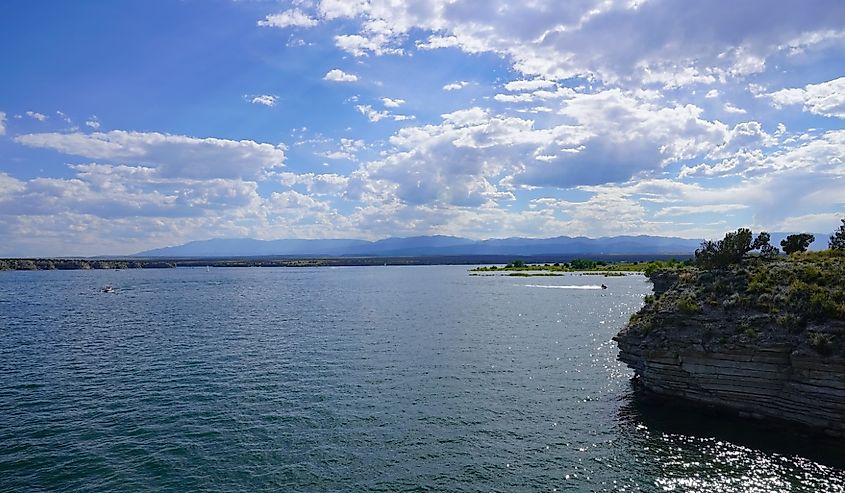
With 4,600 acres of water surface to enjoy, many call Lake Pueblo a fishing “hot spot.” It is very popular with boaters and water sports enthusiasts, especially during the warmest summer months. Colorado can get toasty in summer, and Lake Pueblo offers a welcome respite from the blistering heat.
Many reports of a long, pinkish water snake have been provided by visitors, the primary concern not whether it is venomous, but its length. The Coachwhip snake, also known as the Red Racer, can grow up to 6 feet long. While not venomous, if threatened they will attack, so if you see them basking on the roadside or on a rock, ignore them and go about your day. They aren't fond of water but are occasionally spotted in the water.
Boyd Lake
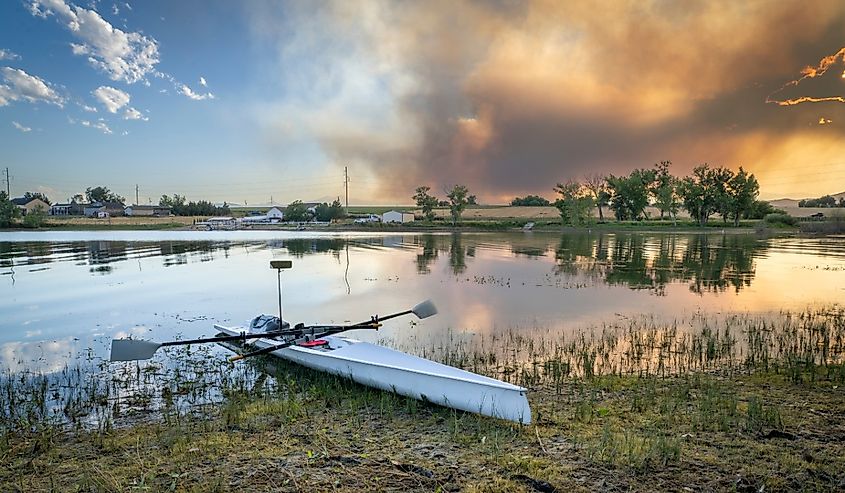
Nearest to Loveland, about 50 miles north of Denver, and with a surface area of 1,700 acres, Boyd Lake is known for soft sands, peaceful boating, and fantastic fishing. Its shores are lined with campgrounds, activity centers, and lots of great places to have family picnics or watch the sunset behind the mountains to the West. It is called by many a haven for water sports and there is even a marina if you wish to leave your boat onsite year-round.
The two most common water snakes found in and around Boyd Lake are the garter snake and the bull snake. Despite its look and the silly posturing it does when threatened, bull snakes are non-venomous. It shakes its tail to look like a rattler but will usually flee if approached.
Before venturing into the wild of Colorado, check with local forestry and wildlife experts for reports of snake activity. They will largely leave you be, and many will retreat to the water when spooked, but others might not be so willing to flee. Snakes are often very predictable, but ultimately, they are still animals, driven by instinct, and one undeniable instinct they are best known for is fight or flight.
Part of Colorado has desert-like topography and can get very warm in the summers. The ease of access to fresh water, rock cover, and prey can and will attract other species of snakes not documented, such as rattlesnakes. Rattlesnakes are not known to go into the water often, but they can swim, and will become aggressive if provoked, even by accident. Watch your step and listen when playing or fishing in lakes in these environments.











